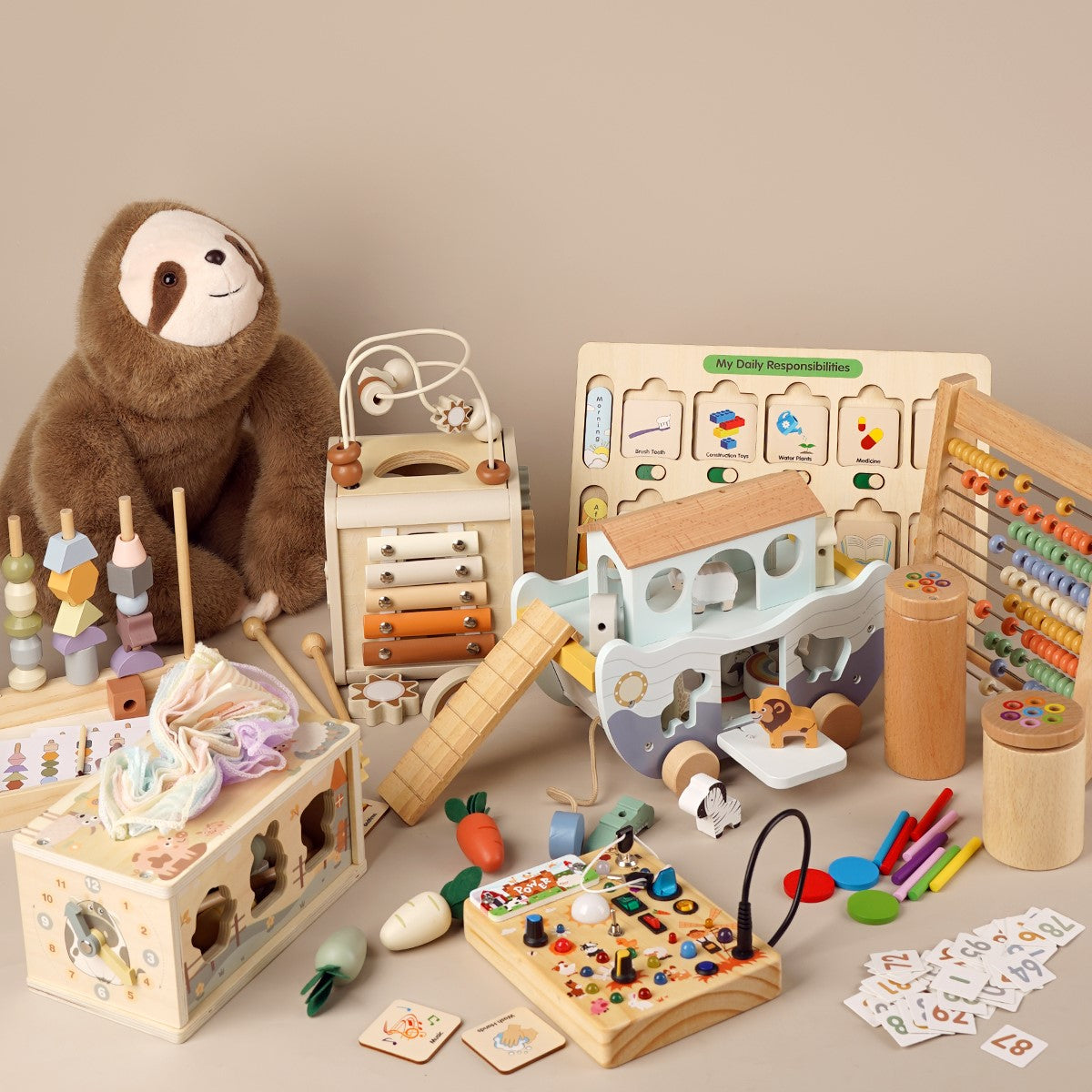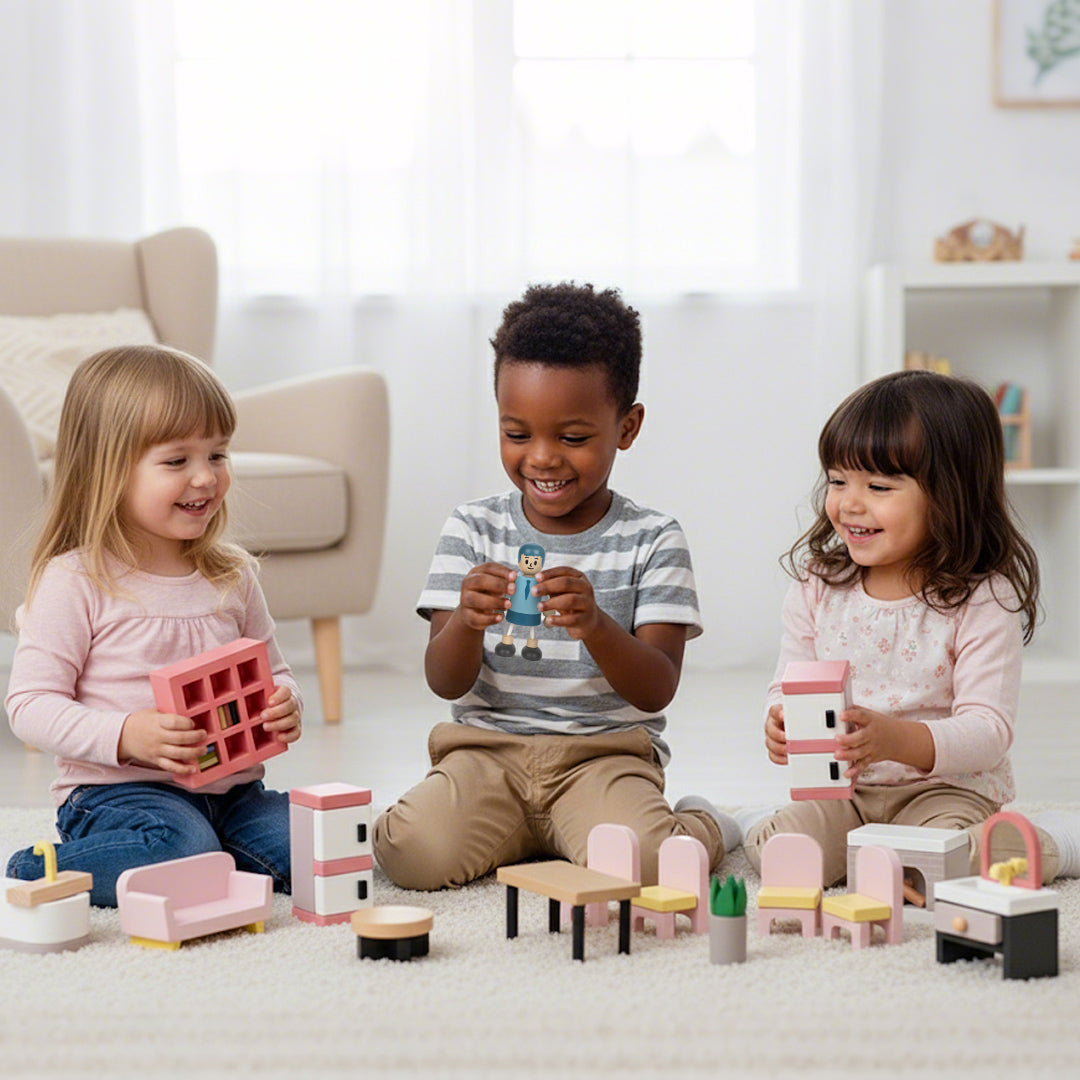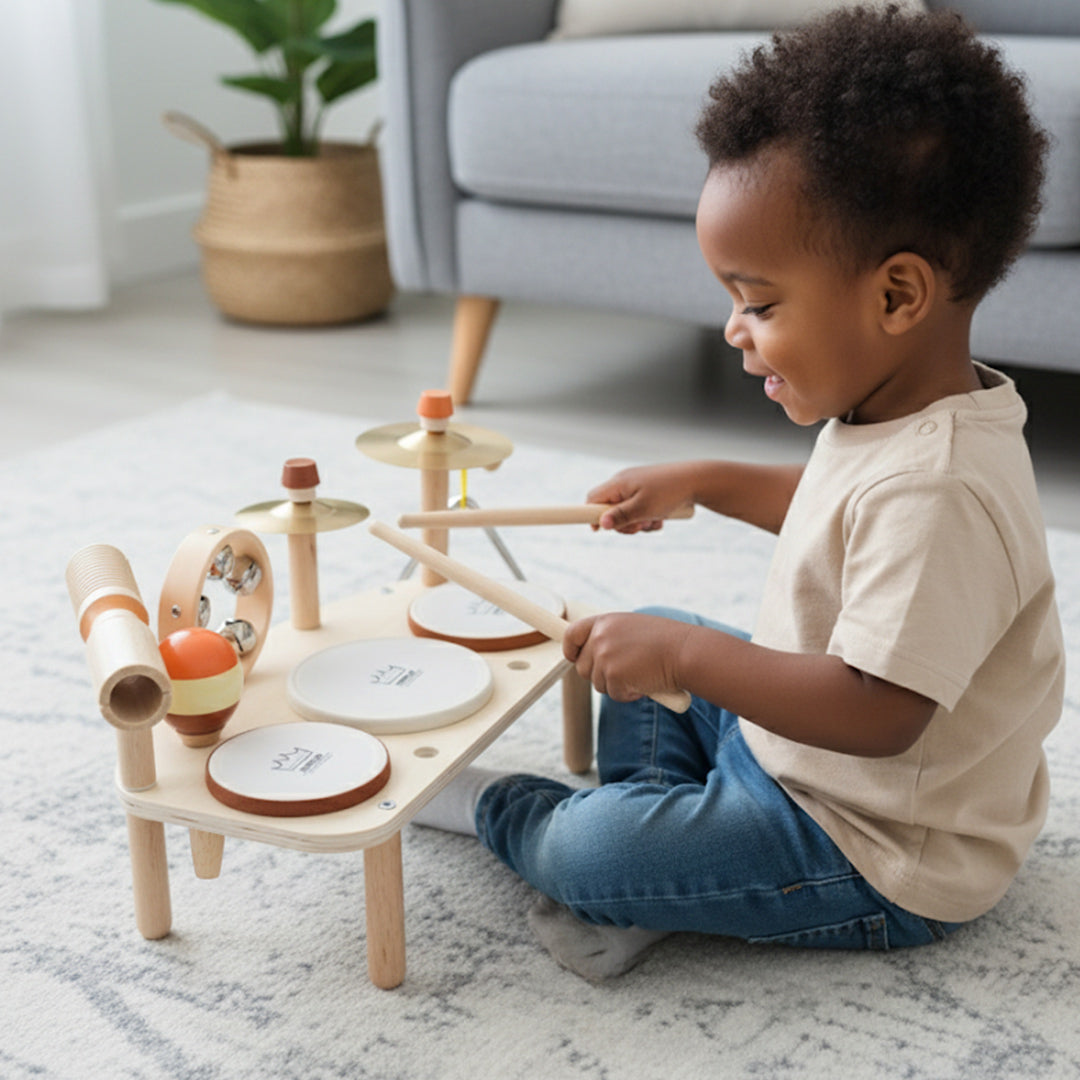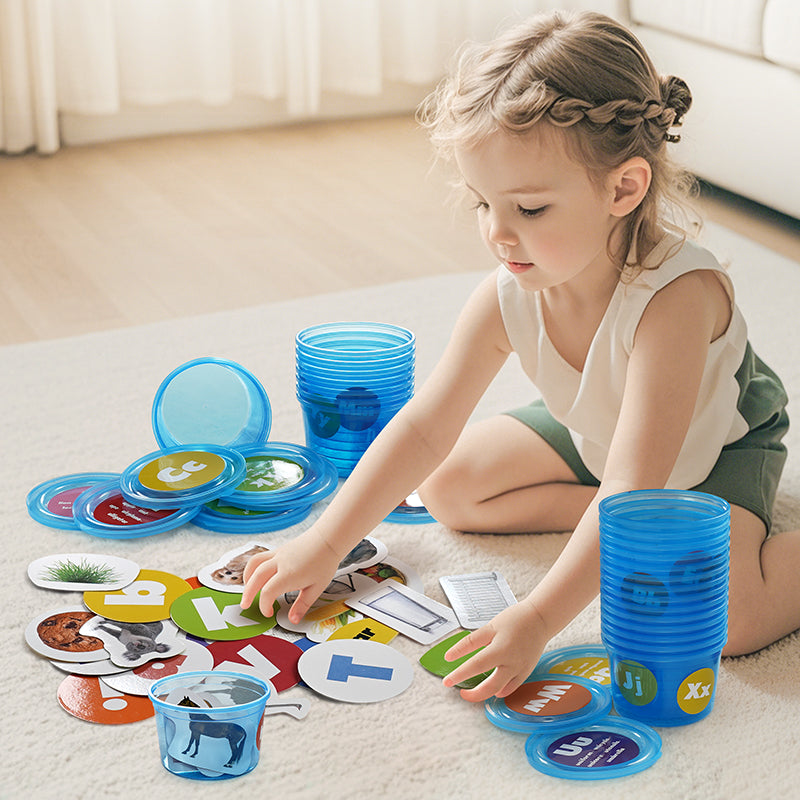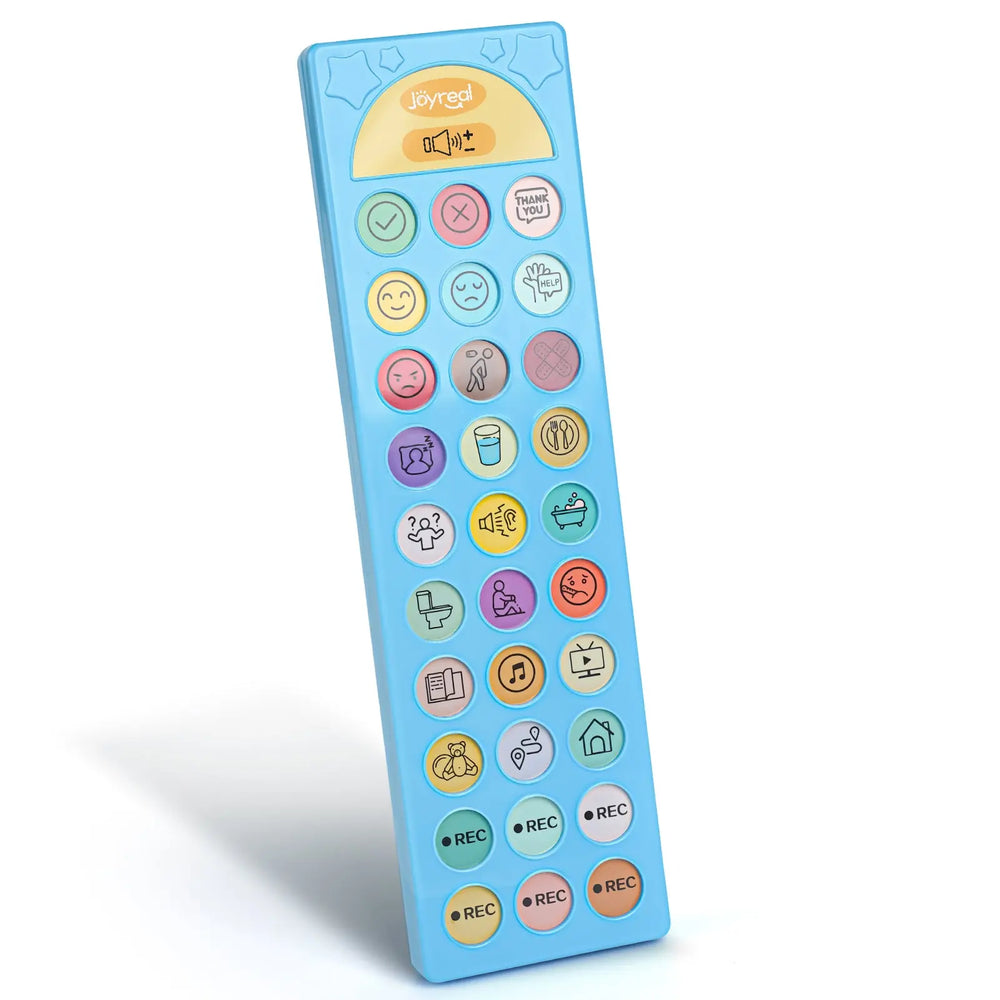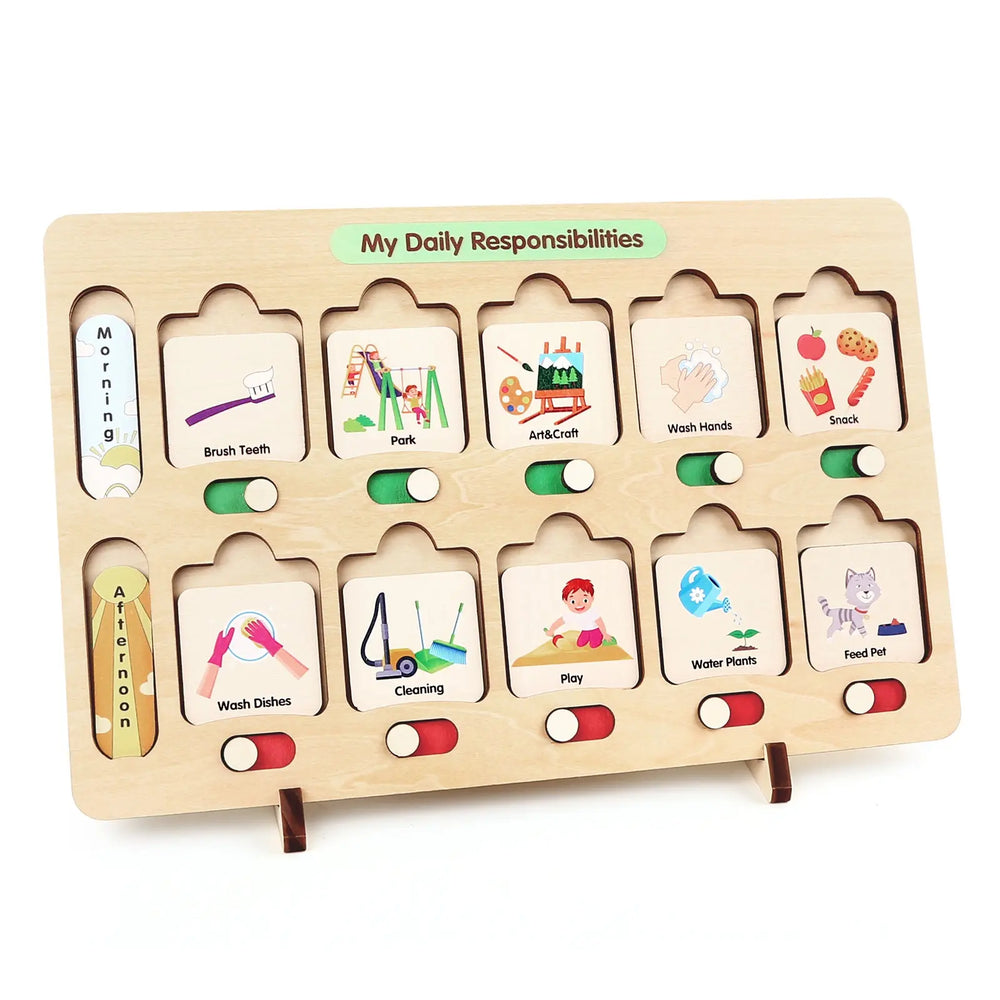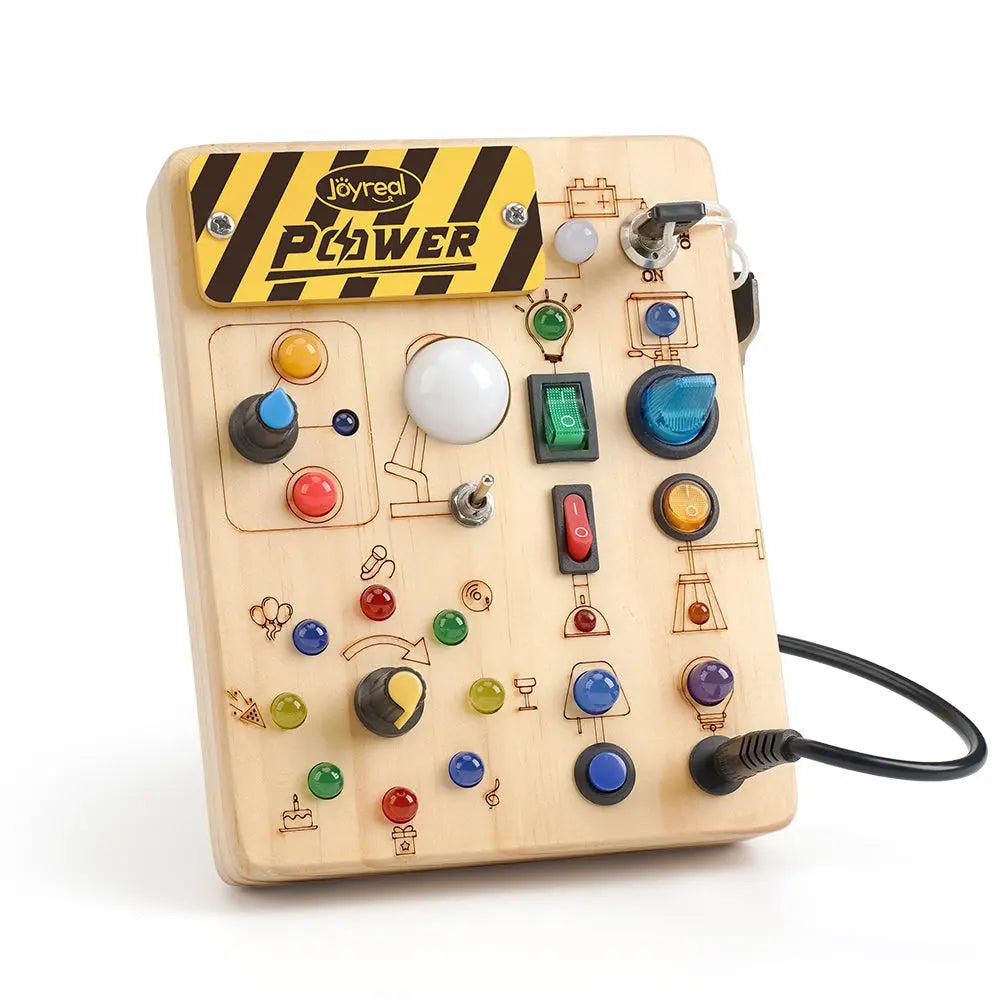Spotting Autism Early: Why Timely Intervention Matters

How to Detect Autistic Behaviors in Children
Identifying autism early in children can significantly impact their development by enabling timely interventions and support. Autism Spectrum Disorder (ASD) is a developmental condition that affects how individuals communicate, interact socially, and behave. It is essential to be aware of the signs and behaviors that may indicate the presence of autism.
Key Signs of Autism in Children
1. Social Communication Challenges
- Delayed Responses: A lack of response to their name by 9 months or delayed development of reciprocal communication (like smiling back).
- Limited Eye Contact: Avoiding direct eye contact while interacting.
- Difficulty Understanding Emotions: Challenges in understanding or expressing emotions through facial expressions or gestures.
- Reduced Empathy: Not noticing or reacting appropriately to other people's feelings.
2. Behavioral Signs
- Repetitive Movements: Such as flapping hands, rocking the body, or spinning.
- Restricted Interests: Intense focus on specific topics or objects far beyond what is typical for their age.
- Strict Routines: Becoming distressed by small changes in daily routines or environment.
3. Language and Communication
- Speech Delays: Limited or no verbal communication.
- Echolalia: Repeating words or phrases over and over.
- Difficulty with Non-Verbal Communication: Limited gestures like pointing or waving goodbye.
How to Observe Developmental Milestones
It’s vital for parents and caregivers to monitor developmental milestones. Significant delays in communication, emotional expression, and social interaction in early childhood (9 months to 24 months) might suggest autism. For instance, not sharing interests by pointing or showing objects by 18 months is a common indicator.
When to Seek Professional Advice?
You should consider consulting with a child psychologist, developmental pediatrician, or your healthcare provider if you notice:
- Persistent challenges with social interaction.
- An absence of pretend play or curiosity by 2-3 years of age.
- Intense and repetitive behaviors that disrupt daily life.
Diagnosis and Support
Autism Spectrum Disorder can be officially diagnosed through developmental assessments like the Autism Diagnostic Observation Schedule (ADOS) and standardized tests. Early diagnosis helps children access necessary therapies such as:
- Speech and Language Therapy
- Behavioral Interventions (e.g., Applied Behavior Analysis)
Effective Communication Tools for Autism Therapy

Communication is the cornerstone of human connection, yet for children with autism, expressing needs and emotions can be a significant daily challenge. Speech and language therapy tools play a crucial role in breaking down these barriers, empowering children to engage more effectively with the world around them. Among the most impactful approaches are visual supports and AAC (Augmentative and Alternative Communication) devices, which provide structured and intuitive methods for communication. Early intervention is particularly effective when it utilizes tools that combine simplicity with functionality, especially those that are budget-friendly. One such example is the Joyreal AAC communication devices, which serves as an accessible gateway to expressive communication, bringing professional-grade support within reach for every family.
1. Joyreal AAC Aommunication Devices: Affordable, Effective, and Easy to Use
While many AAC devices for speech can be expensive, the Joyreal AAC Communication Tool provides a budget-friendly alternative without sacrificing functionality.
Key Features:
- Voice Recording – Pre-record phrases for quick, clear communication.
- 12 Customizable Buttons – Use symbols, pictures, or words to represent needs (e.g., "hungry," "tired," "play").
- Portable & Durable – Designed for home, school, or therapy sessions.
How It Helps:
- Nonverbal children can express needs without frustration.
- Early AAC learners build foundational communication skills.
- Parents & therapists get an affordable speech therapy tool that grows with the child.
2. Visual Supports: A Foundation for Understanding
Studies highlight that many children with autism are visual learners, making visual supports an essential tool for communication. Examples include:
- Visual Schedules: These provide a structured representation of daily activities using pictures, words, or symbols. They help reduce anxiety and clarify transitions between tasks, offering a sense of predictability.
- Social Stories: These narratives explain social situations or expectations in a straightforward format, helping children understand how to interact in various scenarios.
- Communication Boards: Using images and symbols, communication boards allow nonverbal children to express their needs, preferences, and emotions effectively
3. Technology-Driven Solutions
Technology has transformed how children with autism communicate, with tools ranging from simple apps to sophisticated devices:
- Speech-Generating Devices (SGDs): Portable tools that allow children to type messages or select images, which are converted into spoken language. These devices empower children by giving them a voice and fostering independence.
- Text-to-Speech Software: Ideal for children who are verbal but struggle with clarity or written communication. These tools provide practical solutions, especially in learning environments.
- Augmentative and Alternative Communication (AAC) Apps: Apps like Proloquo2Go and LAMP Words for Life are designed to aid speech development and meaningful interaction through symbols and text.
Why Choose Joyreal Communication Tool Over Traditional AAC Devices?
High-end AAC devices can cost hundreds—even thousands—of dollars. Joyreal offers a cost-effective solution that:
- Works as an introductory AAC device for beginners.
- Reduces the financial burden on families.
- Provides immediate support while assessing long-term needs.
A Tool for Every Child’s Voice
Every child deserves the chance to communicate—whether through words, images, or technology. The right speech and language therapy tool can make all the difference.
🔗 Try the Joyreal AAC communication device today and help your child find their voice:
💙 Because communication isn’t a privilege—it’s a right.

Maybe it will be helpful for you:
Recent Post

What Finally Helped My Toddler Speak Up?
If you’re a toddler mom, you already know how much emotional weight...

Joyreal Christmas Toys Deals 2025
Enjoy instant savings across nearly every category, from early lear...

How Wooden Montessori Toys Support a Sustainable Childhood
Most parents don’t say it out loud, but many feel the same quiet fr...

Top Christmas Gifts to Help Kids Communicate Better This Holiday Season
The holiday season brings joy, family bonding, and endless opportun...

How to Make DIY Printable Communication Boards
Communication is at the heart of every child’s development — and fo...

Top 5 Christmas Gifts That Bring Families Closer (2025 Guide)
Christmas isn’t just about the gifts — it’s about the moments we c...

Top Musical Christmas Gifts for Toddlers & Preschoolers 2025
Why Musical Gifts Are Perfect for Toddlers and Preschoolers Music h...

Joyreal AAC Devices Wholesale Partner
In today’s educational and therapeutic environments, speech therapi...

Joyreal AAC Device – Big Sale for Autism & Speech
Every Voice Deserves to Be Heard Imagine your child looking up at y...

How to Choose Safe & Educational Toys for Christmas 2025
When “Just a Toy” Means So Much More If you’re a parent, you know t...
